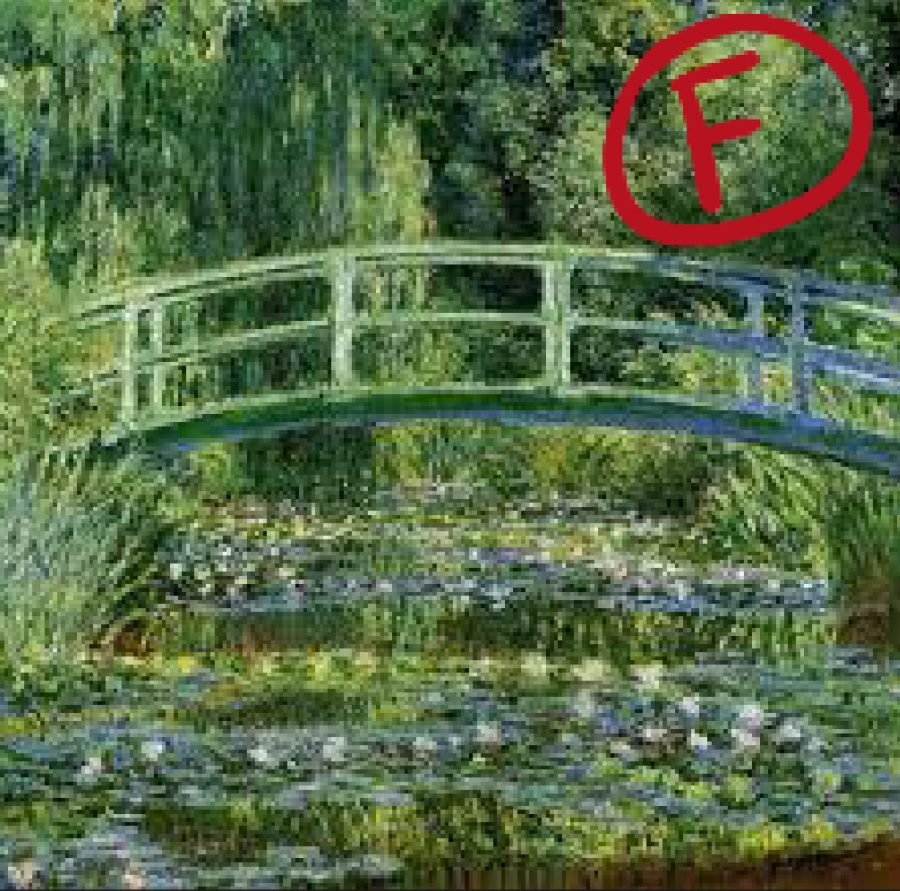Art of attack
Photo by Kendell Simpson
January 19, 2023
Sophomores, juniors, and seniors all across the country are connected by an ever-present common thread. It is not the far-off dream of graduating high school becoming a reality; nor is it the growing concern for what is for lunch on a random Wednesday in November. It’s the presence of Advanced Placement or AP classes filling our schedules that unites this large majority of high school students. The idea of gaining any college credit in high school is attractive to many students, but the long hours spent studying for AP classes leaves many wondering what is the end goal of an AP course is? What mile marker do I need to reach? The AP exam in May is our finish line, when all of the heartache, time and tears, come full circle.
Regardless of the subject matter, all lessons, topics and tests in AP courses conform to College Board’s requirements. Whatever College Board selects as the correct answer is the only correct answer. But what about the classes that include more than just one test in May? What happens to the thousands of portfolios filled with various pieces of student artwork? What is the scantron algorithm for dealing with AP art students?
In AP art classes, students build upon a guiding question over the course of a year. With the semester quickly drawing to a close, AP art students scramble to keep their head above water so they don’t fall behind as crunch time approaches in the second semester. But what does the College Board grade these students on besides technical growth?
Every individual has probably created some type of art in their lifetime, whether they realize it or not. Art can be anything from a doodle in the corner of your math homework to a painting of your favorite landscape. That piece of art is original in every way and can never be recreated in the exact same way. Throughout history, there has never been a set model for how to make “good” art. Art takes on many forms and travels through many different eras, from renaissance to surrealism, from neoclassicism to modernism, from cubism to pop art. There is art for every artist.
The beauty behind every mural, sculpture, charcoal sketch, and doodle on the street is its subjectivity. The blue curtains can mean something different to everyone who looks at them. Is the artist sad? Do they long for companionship? Or are they simply just curtains that happen to be blue? Every single person has a story to tell, there is always something to be said.
To place the pain, joy, and overall strength of a young artist under a microscope directly contradicts the meaning of art. To force someone to conform to society’s standards is exactly the reason for all of the great art movements in our past. The next Israel Solomon or Claude Monet is among us, being forced to conform to College Board’s standards to what art should be. But art is art; it is flawed, messy, emotional, and most importantly, unique. It deserves to be recognized as such.





